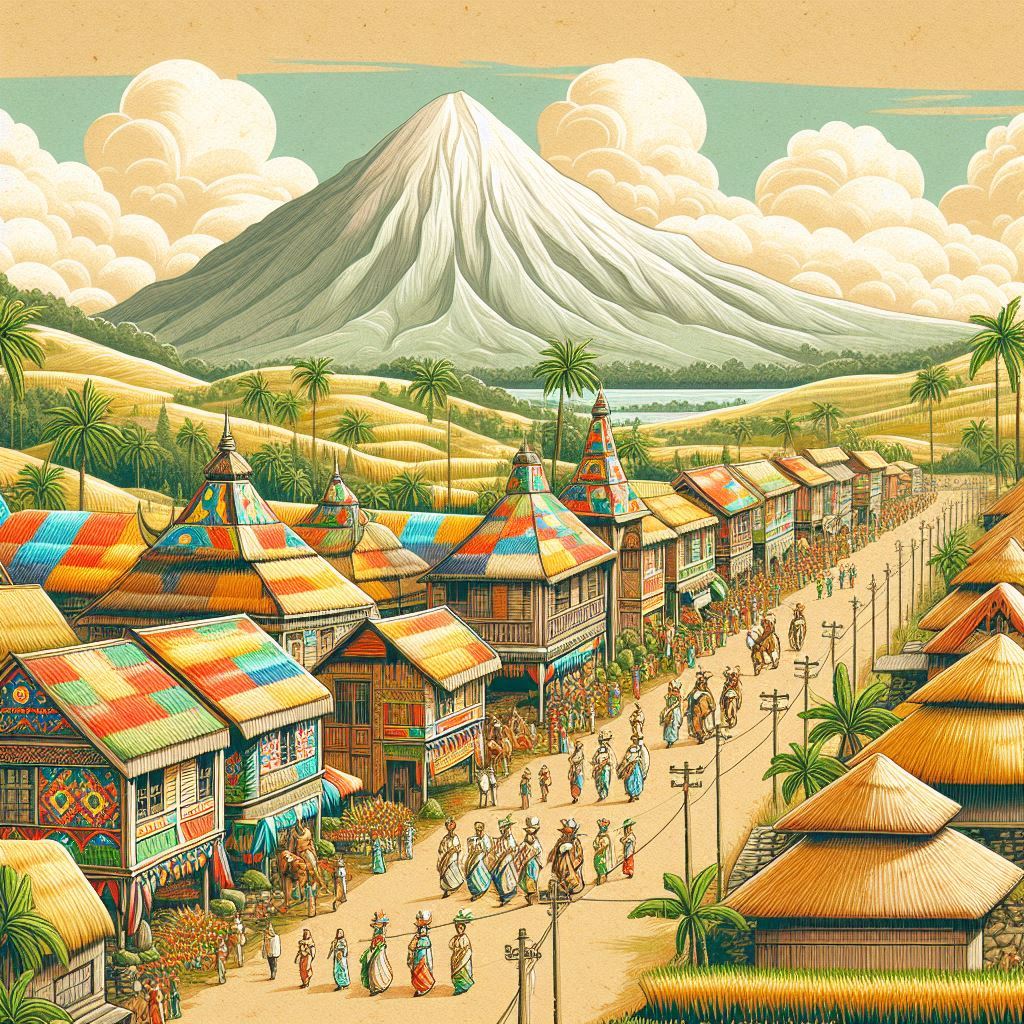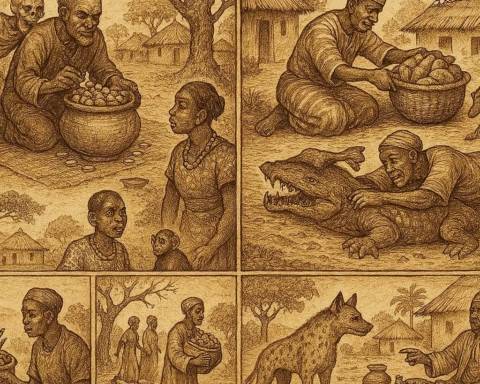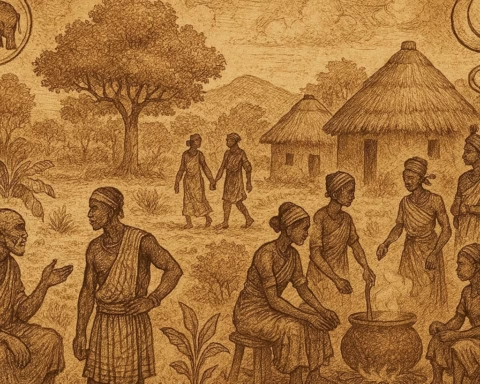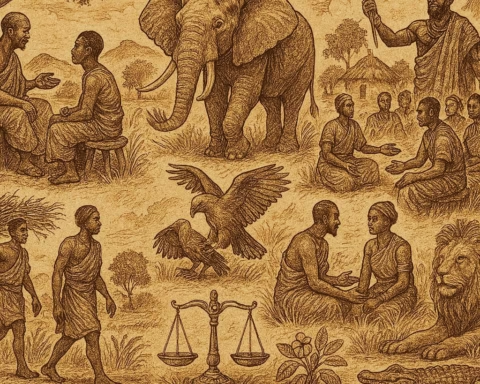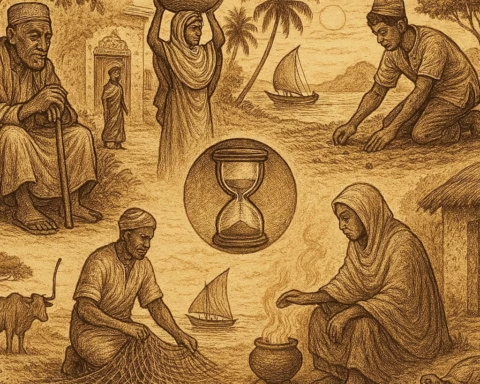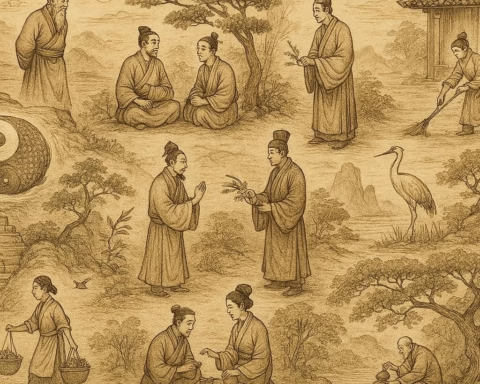Every May, the quiet town of Lucban in the province of Quezon, Philippines, bursts into a kaleidoscope of color. Rows of houses are dressed not in ordinary decorations, but in artful displays of rice, vegetables, fruits, and the famous kiping, wafer-thin, brightly colored rice sheets shaped like leaves. This is the Pahiyas Festival, one of the country’s most spectacular harvest celebrations, held in honor of San Isidro Labrador, the patron saint of farmers.
The tradition is rooted in deep faith and rural gratitude. For centuries, Lucban’s farmers have relied on the fertile volcanic soil and gentle climate of Mount Banahaw’s slopes for abundant rice harvests. In the Spanish colonial era, the Church encouraged farmers to bring their best produce to be blessed, ensuring continued prosperity. Eventually, instead of bringing crops to the church, farmers began decorating their homes with their harvest, transforming the town itself into an open-air exhibition of agricultural abundance.
The Festival Unfolds
On the morning of May 15th, the streets come alive. Villagers start preparing days in advance, hanging kiping in intricate patterns, weaving palm fronds, and arranging baskets of rice grains, string beans, tomatoes, peppers, and even coconuts. Entire facades of houses are transformed into breathtaking murals , some depicting rural life, others portraying religious imagery, all crafted from edible harvest.
READ: 6 Filipino Harvest Festivals and Their Sacred Roots
The name Pahiyas comes from the Filipino word “hiyas”, meaning “precious decoration” or “jewel.” The festival lives up to this meaning: every home competes to create the most stunning display, with awards given for creativity and craftsmanship.
At the heart of the celebration is the procession of San Isidro Labrador. The saint’s statue is carried through the streets, blessing each decorated home. The atmosphere is electric, marching bands play lively tunes, folk dancers perform the Pandanggo sa Ilaw with graceful, candlelit movements, and vendors sell Lucban’s famous longganisa (garlic pork sausage) and pancit habhab (noodles eaten without utensils).
Symbolism of the Colors and Rice
The kiping, often shaped like leaves, comes in vibrant reds, yellows, greens, purples, and blues, each color representing joy, life, and abundance. Making kiping is a labor of love: rice flour is ground, mixed with water and food coloring, steamed on banana leaves, and then sun-dried until crisp. These edible decorations symbolize the central role of rice in Filipino life, a crop that not only sustains but also unites communities.
Vegetables and fruits hung from windowsills and walls aren’t just for show; they are offerings of gratitude, a reminder of the earth’s generosity. After the festival, many displays are taken down and shared among neighbors, ensuring that the blessings extend beyond the celebration itself.
Modern Relevance
Though Pahiyas is centuries old, it continues to evolve. In recent years, the festival has drawn local and foreign tourists, boosting Lucban’s economy and showcasing Filipino creativity on a global stage. Environmental consciousness has also been woven into the celebration, many households now ensure their decorations are biodegradable and locally sourced, keeping the festival sustainable.
For Lucban residents, however, the essence of Pahiyas remains the same: it is not just about spectacle, but about faith, community, and gratitude. The joy lies in the collective effort, neighbors helping each other, families working side by side, and strangers welcomed with smiles and food.
The Moral of the Pahiyas Festiva
The Pahiyas Festival reminds us that abundance is not measured by wealth alone but by the gratitude we show for life’s blessings and the willingness to share them. It teaches that creativity can transform even the simplest harvest into something extraordinary, and that traditions, when nurtured, become vibrant threads weaving communities together across generations.
Knowledge Check: Pahiyas Festival
1. What is the main purpose of the Pahiyas Festival?
The Pahiyas Festival honors San Isidro Labrador and celebrates the year’s rice and crop harvest as an act of gratitude to God.
2. Where is the Pahiyas Festival held?
It is celebrated annually in Lucban, Quezon Province, Philippines.
3. What is kiping and why is it important?
Kiping is a colorful, leaf-shaped wafer made from rice flour. It symbolizes the importance of rice in Filipino life and serves as a decorative and edible art form during the festival.
4. When is the Pahiyas Festival celebrated?
It is held every May 15th, coinciding with the feast day of San Isidro Labrador.
5. How did the tradition of decorating homes with harvests begin?
It evolved from the practice of bringing crops to the church for blessing. Over time, the blessing procession came to pass by homes, which were then adorned with harvest goods.
6. What moral lesson does the festival convey?
That gratitude, creativity, and community sharing enrich life more than material possessions.
Origin: Lucban, Quezon Province, Philippines
Source: Philippine Department of Tourism: Pahiyas Festival
